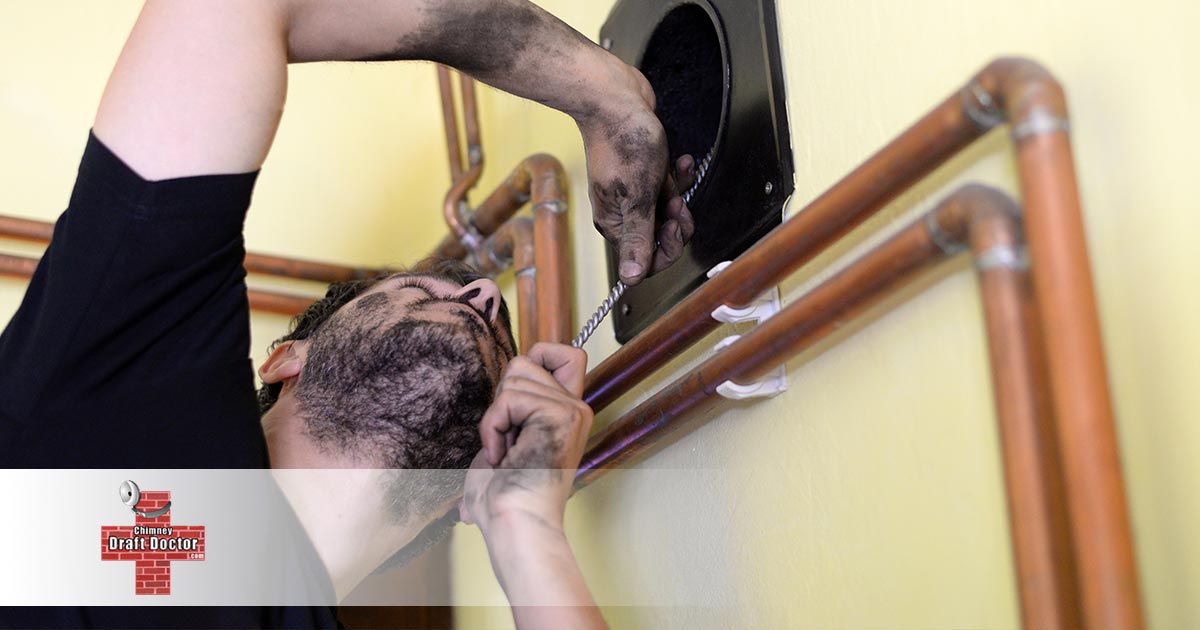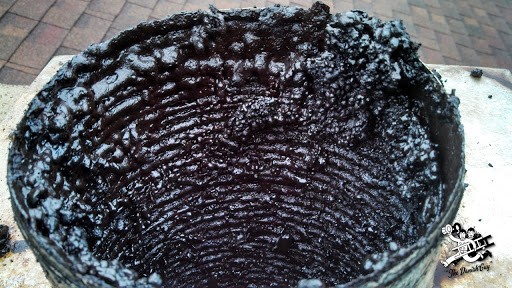

Fireplaces can be a great way to heat your home in order to save on utility bills during the winter and fall. If you use your fireplace, it’s important to make sure it’s cleaned regularly since a dirty one not only increases the risk of having a fire in the home but can also make you and your family sick.
Can Creosote Make You Sick?
One of the ways that a fireplace can make you sick is with creosote exposure. When you are burning wood in the fireplace, the tar, smoke, debris, and unburned wood particles that go through the chimney combine with water vapor to create a sticky black substance called creosote.
What Are the Side Effects of Creosote?
Creosote exposure can cause different health problems for members of your family. There are plenty of different side effects depending on the exposure levels.
Skin Irritation, Lesions and Rashes: If you and family members come in contact with the substance then you can develop irritation, rashes, or lesions.
Eye Irritation: The debris can be an issue all over the home and not just in the area with the fireplace. It can cause irritated or burning eyes that can water and tear frequently. Rubbing eyes to alleviate symptoms can also cause harm to the eyes, including vision loss.
Respiratory Issues: Breathing in the particles for a length of time will usually cause lung and respiratory issues.
Abdominal Problems: Creosote can cause problems to the liver and kidneys after long-term exposure.
Mental Confusion: If there is a lot of exposure, it can lead to confusion and seizures in some people.
Cancer: It’s rare but creosote has been linked to skin cancer.

Can a Fireplace Cause Carbon Monoxide Poisoning?
Carbon monoxide is a hard gas to detect since it’s odorless and colorless. If you do use your fireplace often then one way to prevent carbon monoxide poisoning is with a working detector in the home that can alert you when levels are dangerous. Carbon monoxide can be released as a result of burning wood in a fireplace, which is why proper ventilation and a clean chimney are important.
Carbon monoxide poisoning can be hard to detect but some of the symptoms include headache, shortness of breath, confusion, blurred vision, or loss of consciousness.
Is It Safe to Sleep with a Fireplace on?
In order to avoid putting your home and family at risk, it’s best not to sleep with the fireplace on. If you are sleeping too close to the fireplace in order to stay warm, you run the risk of smoke inhalation. Heat or a stray spark from the fire can burn you when you are sleeping. The fire could get out of control while sleeping, which can cause a carpet or rug to catch on fire and destroy your home. It also puts you at risk for carbon monoxide poisoning. You shouldn’t leave embers in the fireplace when you are sleeping either. In order to prevent this, don’t build a fire too late at night and stop adding wood about two to three hours before bed.
In order to prevent getting sick from a dirty chimney, you want to make sure you get your chimney inspected and cleaned at least once a year. It’s best to do it twice a year in the autumn and spring. If you are only able to do it once a year then it should be in the spring so you can enjoy the fireplace when cold weather hits in the fall.
